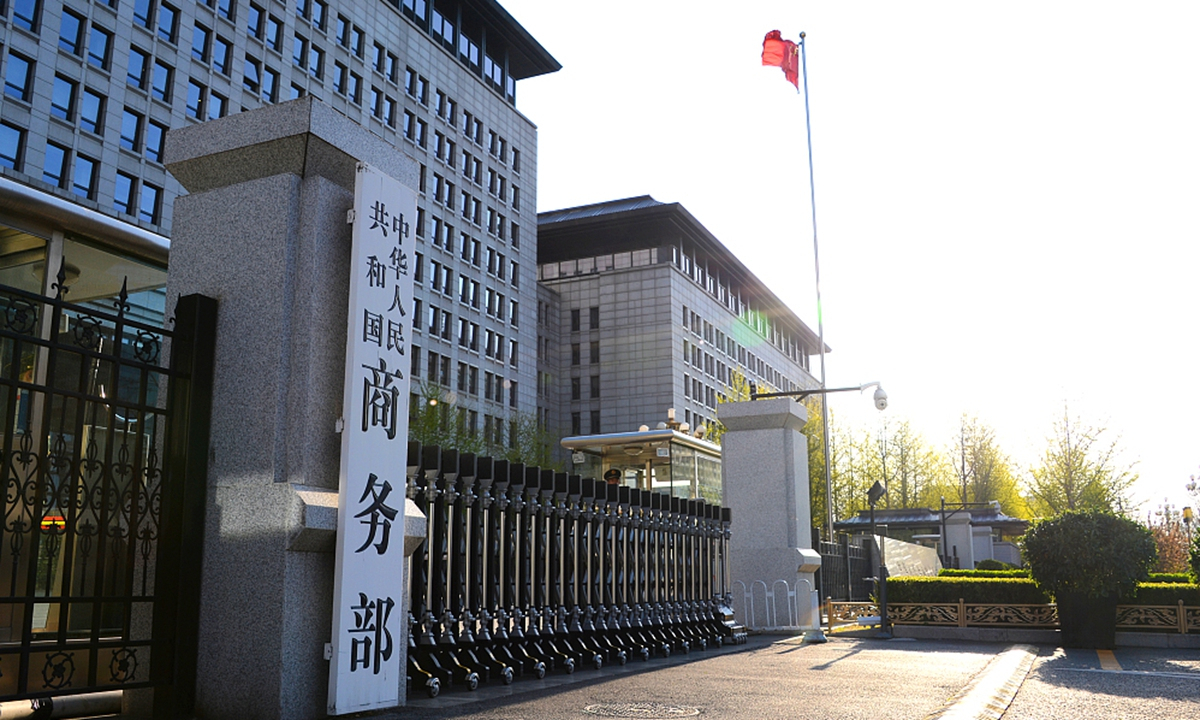Zhongshan's Stake Cut: A Financial Realignment?

Amid the evolving landscape of the technology sector, significant shareholder maneuvers can often signal deeper trends within broader financial markets. A notable recent announcement involves the technology startup fund Zhongshan, which plans to reduce its stake in Beijing Jingneng Thermal Power Co., Ltd. from its current 6,149,833 shares to 2,636,400 shares, translating to about 1% of the company’s total equity. This move comes amidst growing operational financing needs for Zhongshan, hinting at potential shifts in financial strategy that merit closer examination.
The decision to divest a substantial portion of their holding is particularly telling, as it suggests a recalibration of Zhongshan's priorities in response to liquidity requirements. With the existing stake comprising 2.33% of the overall capital, this reduction would ostensibly increase the equity shares held by other investors, potentially enhancing their influence over the company's direction. Investors should note that this dilution may not equate to a drastic shift in control; Zhongshan has acknowledged that it is not a controlling shareholder. However, the timing of this divestment, set for execution within three months from the announcement, could induce volatility in stock prices and perceptions among market participants, thus emphasizing the delicate balance between shareholder actions and market stability.
While Zhongshan's announced share reduction reflects a strategic response to cash flow demands, it highlights the uncertainty surrounding market conditions and the execution timelines. This raises a critical question: could the anticipated reduction inadvertently pressure share prices, prompting a scenario similar to what was witnessed during the 2008 financial crisis, where shareholder actions precipitated wider market instability? Market sentiment will likely play a significant role in determining the success of Zhongshan’s plan. Moreover, there is the ever-present risk that adverse market conditions could compel a reconsideration of the reduction, thereby amplifying uncertainty for potential investors and stakeholders.
In the context of corporate governance, it is reassuring that Zhongshan’s commitment to compliance with IPO obligations underpins its reduction strategy. This structured approach to managing shareholder influence may help sustain investor confidence during the transition period. However, as we reflect on historical precedents, the technology sector faces its own breed of challenges akin to the dot-com bubble, where overexpansion and subsequent corrections led to severe liquidity crunches. As Zhongshan navigates its share reduction, it must deftly manage both immediate financing needs and long-term strategic positioning.
In conclusion, Zhongshan's plan to reduce its stake in Beijing Jingneng Thermal Power Co., Ltd. serves as a salient reminder of the interplay between shareholder decisions and market dynamics. Investors must remain vigilant, weighing the implications of these changes against the backdrop of evolving economic conditions. Will this stake reduction signal deeper challenges within Zhongshan that could impact its broader operating strategy, or is it merely a tactical financial realignment? As markets adjust to these developments, stakeholders from regulators to consumers should be on standby, closely monitoring the trends that emerge from this and similar financial maneuvers.
Read These Next

China Extends Anti-Subsidy Investigation into EU Dairy Imports
China's Ministry of Commerce extends the investigation into anti-subsidy claims on EU dairy imports, emphasizing fair trade practices.

Meiyang Jixiang to Buy 65% of Shanghai Xinjiyu for 1.06 Billion Yuan
Meiyang Jixiang plans to acquire 65% of Shanghai Xinjiyu for 106M yuan, prompting an inquiry from the Shanghai Stock Exchange.

Strategic Financial Adjustments for Corporate Resilience
The report outlines significant changes within a Chinese company, including new financing strategies, increased investment in fixed assets, and adjustments in internal regulations. There is an emphasis on risk management, compliance with new laws, and a commitment to operational improvement.
